The Best Boat for Caribbean Island Hopping (Type and Size)
When you're planning to get out cruising and you've decided on a season (or more) in the Caribbean, the question always comes down to "what's the best boat?" And the answer isn't just "it depends," even though everyone's situation, finances and skills are different. There are a few important things to consider about this lifestyle and journey.
The best boat for Caribbean island-hopping has space for you and your crew, good storage for food and water, is seaworthy, and comfortable at anchor. Some good monohulls include the Bavaria 32, Beneteau 331, and Jeanneau Sun Odyssey 42 DS. For catamarans, consider the PDQ 36, Manta 40, and Leopard 44.
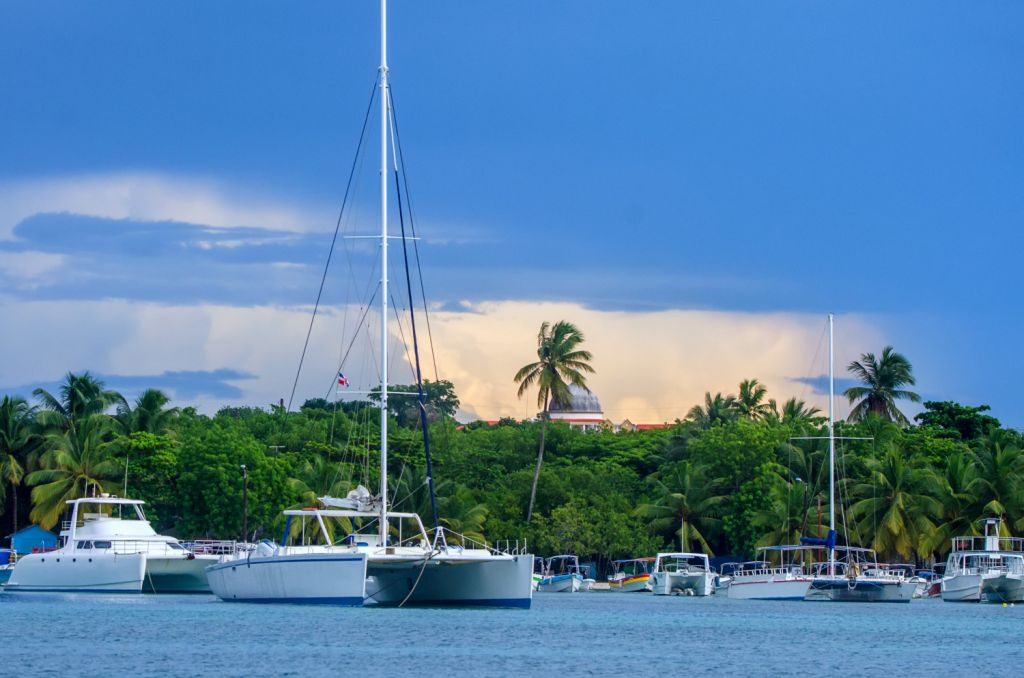
This is a broad list, and there are many boats that could meet these criteria. Read on for a few examples of some great boats, while we get into more detail about what you do and don’t need to bounce up and down the Windward and Leeward islands and through the Bahamas.
Criteria for Caribbean Island Hopping Boats
The best boat for Caribbean island-hopping meets the following criteria:
- It has adequate space for you and all the people and pets you plan to have on board.
- There is plenty of storage for food and water (storing it or making it) to carry you through islands with fewer services.
- It is seaworthy, comfortable, and safe. Note that speed is not a top priority, nor is the ruggedness you'd look for crossing oceans.
- It is comfortable to live on at anchor, including the stability and airflow through the boat.
- You can afford to buy, operate, own and maintain it.
What size boat do you need to sail the Caribbean?
There's no hard and fast rule about size, it comes down more to personal preference and budget. You can meet the above criteria with a thirty-foot boat or a sixty-foot boat. Practically speaking, there isn't much below thirty-two feet with the space and comfort for long term living, even for one. A couple should start looking around thirty-six feet. You can get away with less, but it may be tight living with your gear and stores.
What's the best boat type to travel the Caribbean?
You want something that is comfortable and sea-kindly, the specific type - catamaran or monohull - is less important than the boat's handling and living characteristics. Sailing "down island" is often into the trades, so there can be upwind days and bumps and lumps. You want something with enough comfort and protection to handle that. If your budget is tight, a smaller monohull will get you more boat and carrying capacity than a catamaran.
What size sailboat to sail to Bahamas?
The same general guidelines apply for the Bahamas as the Caribbean, with one general exception - draft. Much of the Bahamas is quite shallow, with many reefs flats. If your primary sailing time will be in the Bahamas, you want something which is comfortable at anchor and offshore, but also which doesn't draw too much. When you start looking for shallow draft boats over forty feet, most of what you find are swing/lifting keels, full keels, or catamarans.

Island Hopping vs. Bluewater Cruising
If you read our article Sailing Time Between All Caribbean Islands, you'll see that there are no passages between islands in the Windward and Leeward chains that are more than a single overnight. Many of them are day sails. So if you buy your boat in the Caribbean and never leave the eastern Caribbean, you won't need to do any passages longer than an overnight.
Bluewater Toughness
Contrast that with blue water sailing and passage making. If you're headed across the Pacific or sailing back to the continental U.S., you will be offshore for a week or two at a time, even a month or more at a stretch for some slower boats crossing the vast Pacific.
You can't wait for a break in the weather on those trips, you leave and get the weather that happens. The boat needs to be tougher, and it needs more safety gear and equipment. A lightly built boat won't be happy pounding into chop for days on end or riding out a massive storm.
And you also need supplies, provisions, and spares for months, including fresh water if you don't have a water maker or a good catchment setup.
Island Hopping Comfort
Your island hopping needs are a lot less. With short trips, you can wait for not only good weather, but near perfect weather to move. Why put up with bad weather at all when you only need to wait a few days when your next stop is only six or eight hours down island?
And you're not that far from provisions or spares. Every populated island has food. Though the specifics of what is cheap and available varies, you will never starve or be far from something.
Spares are similar; while it is best to have a spare on hand to keep from getting stuck, the major sailing centers like St. Martin, Martinique and Grenada can get you most of what you need, and get it to you no matter where you are.
And the sailing distances are short, so you don't need a ton of speed (though speed is always nice), and you do not need an incredible motoring range.
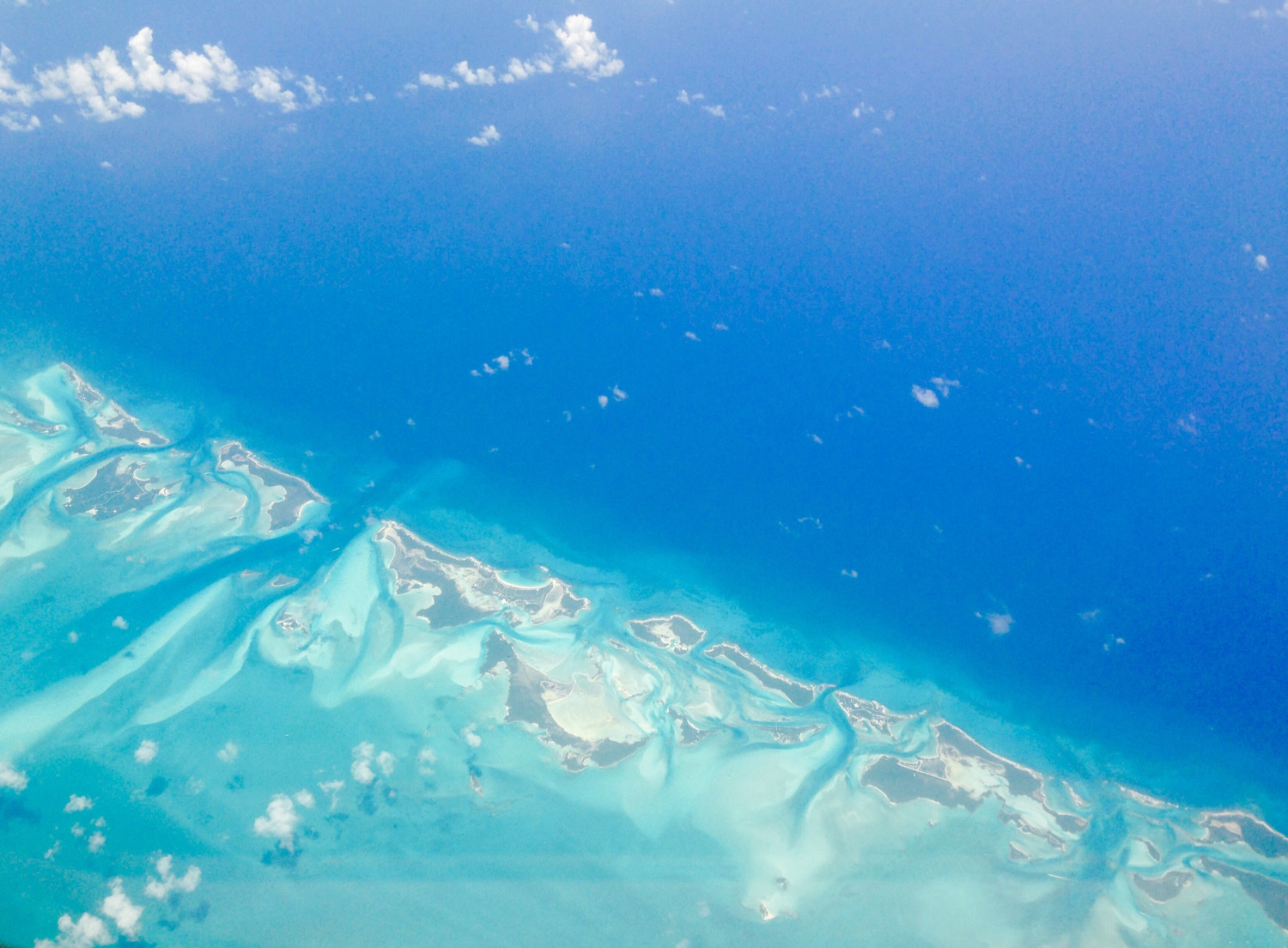
What You Want in Your Island Hopper
Working from our list in the first section, there are a few things you want in your Caribbean cruising boat.
Living Space & Amenities
Your boat does not have to be big, it just has to be big enough. Cruising couples have different needs than families or solo sailors, and this is one of those "it depends" answers that is unique to each captain and crew. Living on a boat for months or permanently is a big change from land-bound life, and there is a tendency to think you need more boat than you do. We're used to space in houses, and having basements, attics and great big pantries.
You won't have the storage you were used to, but you need storage for:
- Food and supplies for a while. You won't need months, but it is wise to stock up on something when you find it, because you never know what the next island won't have. A separate freezer is very handy for this.
- Clothing...but not as much as you think. You'll be living in t-shirts, shorts and sandals most of the time. Most of those are pretty small, and you can pack a lot more clothing when you don't have to worry about bulky coats or dressy clothes.
- Water toys and fun. Snorkels, fins and masks for everyone on the boat, and diving gear if you are into it. But you may want to have a SUP (Stand Up Paddleboard) or a kayak, especially if you have kids.
Fresh water is available everywhere, but it's not always free and it's not always good quality. A water maker is expensive and finicky, but a big convenience since you won't have to pay for water or move the boat to top up. If you don't have a water maker, lots of tankage and a good filter is nice to have.
Living systems like hot water and a shower make a big difference to your daily quality of life. While you'll be in the water a lot, you need to get the salt off. If you're not in a marina, it's not so easy to get a freshwater shower unless you have your own.
Comfort and Seaworthiness
Although you don't need a doughty passage maker to pop between islands, you still want something that is safe and comfortable to move. If you don't like the way your boat feels and handles at sea, you will be much less likely to move around. You don't want that.
Comfort and safety are more important than speed, and there's no need to get a rocket ship of a boat unless you have the money to burn on it.
Comfort at Anchor is Key
Three primary factors go into being happy at anchor in your boat.
- How she moves at anchor
- Airflow through the boat
- Confidence in your ground tackle
A light boat which rocks and rolls with every passing wake will not be a happy boat to spend lots of time at anchor, and there are a lot of open roadstead anchorages which are unprotected from some wind shifts. Monohulls with deeper drafts, fuller keels, or larger beams will not snap and roll in waves like light boats with low ballast. And catamarans barely move at all until it gets pretty lumpy.
The airflow on most boats is optimal when the boat is facing straight into it, as you will be in most anchored or moored situations. This is one reason we prefer to be at anchor; tied to a dock you don't get the same breezes.
But a boat with poor ventilation in the tropics will not be a comfortable boat. You won't want to rely on air conditioning for several reasons (the biggest is that you need to run a generator or be on shore power), so you will need on breezes to keep you comfortable. This applies inside your boat and in the cockpit.
Our blue water cruiser was comfortable enough in the islands, but her hatches opened aft for safety, hampering air flow, and we have a hard dodger. Neither of these were great features for an island-hopping only boat and I'd think twice about them if I wasn't planning a lot of blue water sailing.
Ground tackle is something you can upgrade. So it's not mandatory that the boat you pick has great ground tackle, as long as you can upgrade it if needed. You should have an all chain rode, and with that you’ll want a powered windlass if your boat is larger. That is a pretty big upgrade if a boat doesn't have one already, and not every boat has capacity (space, wiring, power) for the upgrade
Affordability
The cost of buying a boat and owning a boat are two different things. A boat may be cheap to buy, but expensive to own, or it could be the opposite. Or worse...it could be both expensive to buy AND expensive to own and operate.
Older boats and ex-charters have the advantage on purchase price. They will be cheapest to buy, and there are usually lots available. But there is always a risk they will be more expensive to own, at least initially if you have to do upgrades, modernizations and repairs. If you look at one, make sure you get a thorough survey and factor in the work you will need to bring the boat to the standard you want.
Newer boats will have a higher cost of entry, but require fewer upgrades and lower maintenance the first few years. But being newer or brand new is not a guarantee against problems.
But the most important thing to remember is that most boat services are charged by the foot, and those charges are not affected by what you paid for the boat or how old it is. It costs the same to haul and put bottom paint on a thirty-year-old boat as it does for a two-year-old boat the same size. So avoid the temptation to buy a lot more boat because it's older and cheap.
A Few Good Island Boats
The charter companies get a few things right about the boats they pick for their fleets. They choose newer production boats which cost less up front, and they keep them simple to use and maintain. Production monohulls like Beneteau, Jeanneau, Bavaria, and Dufour (among others) are great solutions for this type of sailing. On the catamaran side, Lagoon, Fontaine Pajot and Leopard are popular choices.
When thinking of budgets, remember there are three factors that go into the price: the age, size, and condition of the boat. Expensive boats are new, big, and in great shape. If your budget is more limited, you'll need to consider something older, smaller, or in need of a bit of work.
And a word of caution on buying boats that are in the Caribbean. There are good deals to be had, but there are lots of storm-damaged boats at aggressive prices. They are project boats, and you will need to do a lot of work on them and they may have hidden flaws. There are also many boats sold out of charter fleets. These are mostly solid boats, but they may have more wear and tear for their age compared to privately owned boats, and many have deferred maintenance you will need to look for.
Monohulls
- Bavaria 32
- Beneteau 331
- Beneteau Oceanis 390
- Bavaria 42
- Jeanneau Sun Odyssey 42 DS
- Dufour 500 Grand Large
Catamarans
- PDQ 36
- Manta 40
- Leopard 44
- Knysna 440
- Fontaine Pajot Orana
This list is just a starting point; there are so many good boats to choose from. And you may also find many perfect boats from smaller builders and less well-known designs. If it's in your budget, you can even head to the islands and charter a similar boat to see for yourself how good it will be.
Did you find the answer to your specific question?
👍 28 👎 6
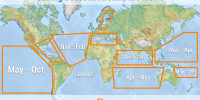
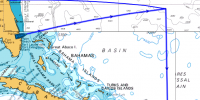
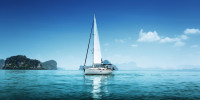
Leave a comment